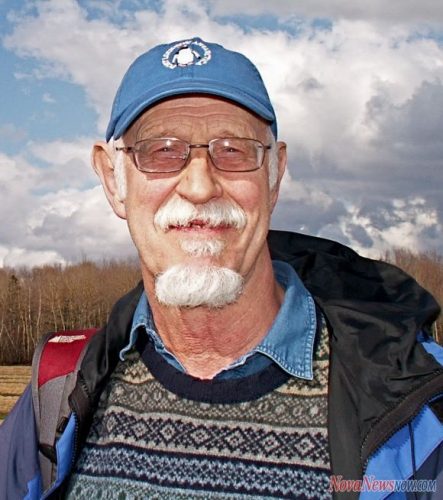
In England, as a teenager, we used to conduct ‘table top’ car rallies, using the 1 inch to 1 mile OS maps (1:63,360). The clues had to be restricted to the symbols available at that scale of map.
Today, we need to think and operate at multiple scales. In Nova Scotia as part of economic development, we have been discussing the concept: “In praise of small towns.” Meaning, what are the attributes or qualities that can be found in the lifestyle of a small town or village? To address these challenges, it is necessary to change the scale of our thinking. What are the implications of other activities or projects across Canada (see Donald Savoie. Visiting Grandchildren: Economic Development in the Maritimes. 2006)? At the same time, we must again change the scale of our thinking to the global level. What are the products and services from Nova Scotia that have value in the global market, such as lobster and other marine products?
Besides the ability to travel up the ladder of scale change, there is also the opportunity to change the viewpoint. Currently, my view of Canada is from the East coast, looking westward towards Ontario and then Alberta and BC. In 2015, I am relocating to the West coast (Haida Gwaii). How will this change influence my view of Geography Education? What is the contextual impact of living in a landscape that has had a long history of colonization from Europe, a landscape where the First Nations have maintained their culture and economy, despite the colonizing influences?
The remarkable fact is that these variations, and many others, co-exist within the country of Canada. How can we not only enhance the diversity of viewpoints from different places, but also continue to traverse the ladder of scale: local, regional, national, global?
One way is through a shared appreciation of our geography and the recognition that we operate within a nested hierarchy of systems. These systems influence our culture, our politics, our ecology, and our economics. Perhaps the most fundamental factor is our climate, and its impact on the landscape. It affects what we can grow, harvest, and develop from that landscape.
Over the Christmas break, I had the opportunity to catch up with some recent books. They included John Ralston Saul’s The Comeback and Heather Menzies’ Reclaiming the Commons for the Common Good. Both offer insight into the different viewpoints that can be anticipated from British Columbia.
References
Menzies, H. Reclaiming the Commons for the Comon Good. New Society Publishers. 2014
Saul, John Ralston. The Comeback. Viking Canada. 2014
Savoie, D. Visiting Grandchildren: Economic Development in the Maritimes. University of Toronto Press. 2006





Be the first to comment